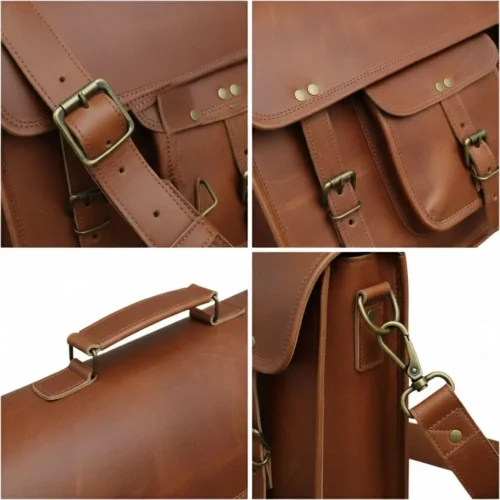
🚛 FREE SHIPPING | LIFETIME REPAIR WARRANTY | 20% Sale: “NEWYEAR20”
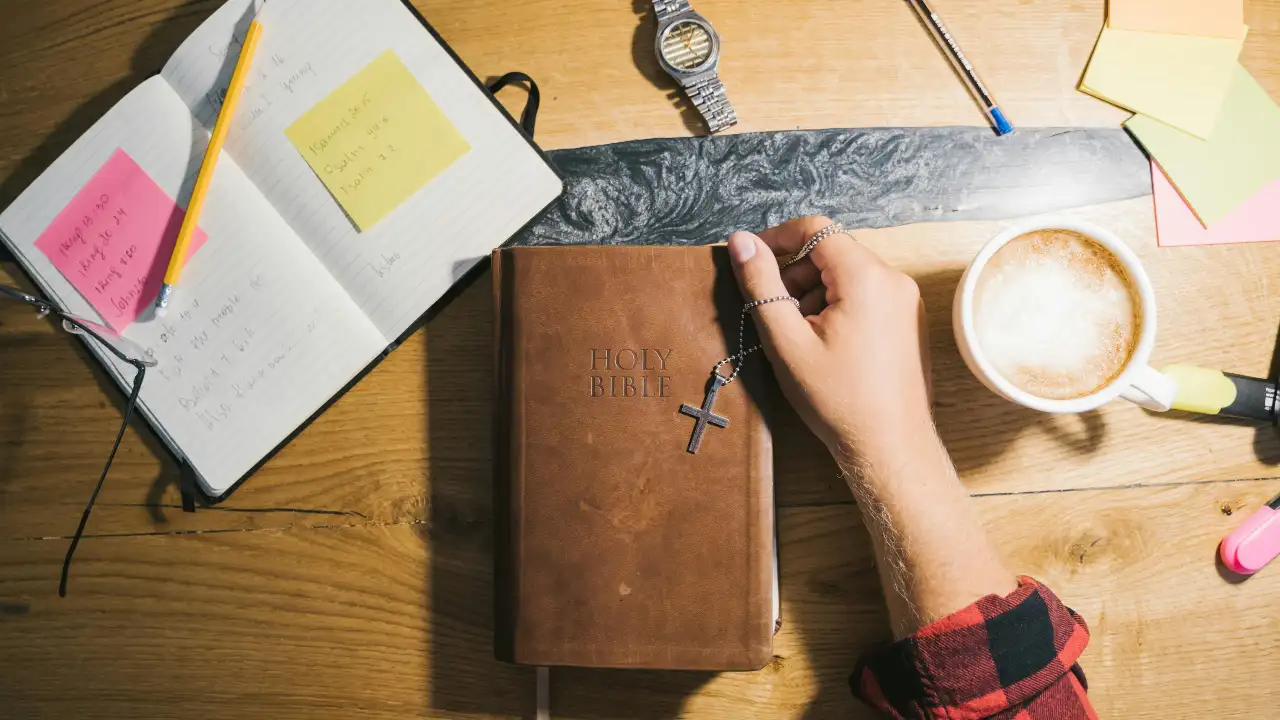
Bookbinder leather is a high-quality material specifically crafted for the art of leather bookbinding. This leather is prized for its durability, smooth texture, and aesthetic appeal, making it ideal for creating elegant and long-lasting book covers. Bookbinders leather is typically made from cowhide, goatskin, or sheepskin, each offering unique characteristics and benefits. Understanding what is bookbinder leather and the different leather types used in bookbinding is crucial for artisans and enthusiasts alike. Whether you are restoring antique books or crafting new ones, choosing the right leather used for bookbinding ensures your projects are both beautiful and resilient.
Bookbinder leather refers to a specific type of leather that is meticulously crafted and treated for the purpose of leather bookbinding. This vintage leather is known for its smooth texture, durability, and flexibility, making it ideal for binding books that need to withstand frequent handling while maintaining an elegant appearance. Bookbinders leather is often made from high-quality hides such as calfskin, goatskin, or sheepskin. These materials are chosen for their ability to be finely tooled and embossed, adding a luxurious finish to the book covers. Understanding what is bookbinder leather is essential for distinguishing between real vs fake leather, ensuring that your bookbinding projects utilize the best materials for longevity and aesthetic appeal.
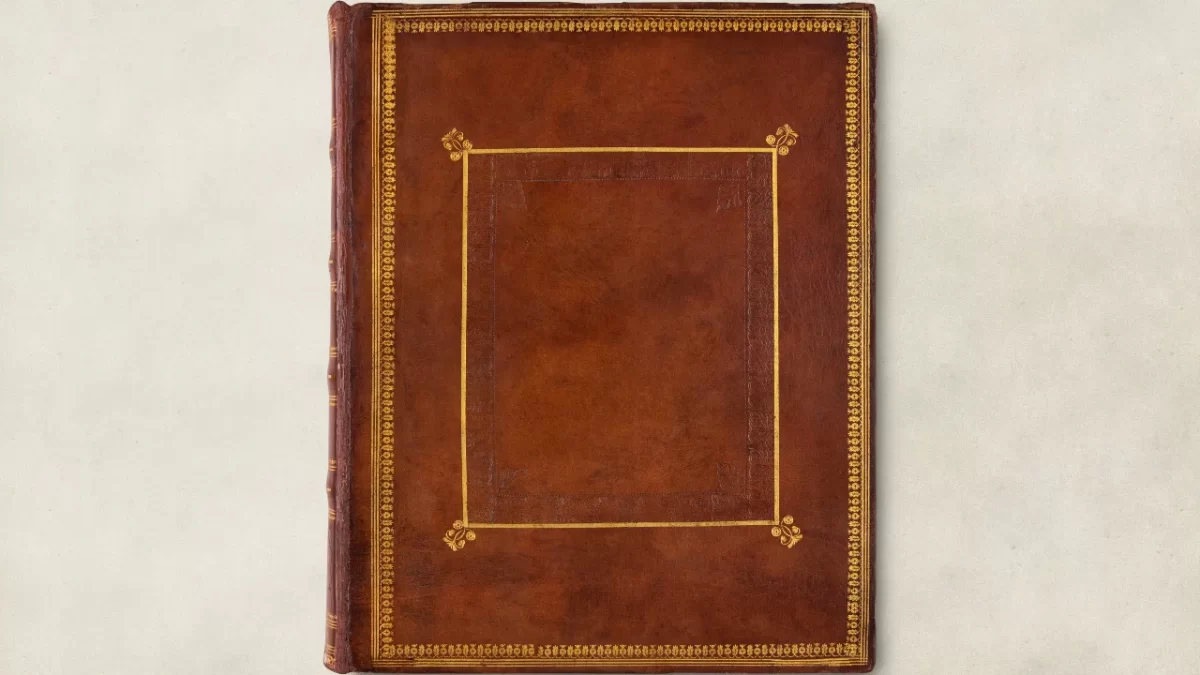
Calfskin leather is a popular choice for leather bookbinding due to its smooth texture and fine grain. This type of leather is known for its durability and ability to take on intricate detailing, making it ideal for creating luxurious and high-quality book covers. Calfskin is also favored for its flexibility, allowing it to conform well to the shape of the book. This type of bookbinder leather provides a sophisticated look and feel, making it a preferred option for collectors and professionals in the bookbinding industry.
Goatskin leather is renowned for its robustness and unique texture, featuring a natural grain pattern that adds character to bookbinders leather. This leather type is highly durable and resistant to wear and tear, making it suitable for books that will be frequently handled. Goatskin is also more supple compared to other leathers, allowing for easier manipulation and binding. Its distinctive appearance and strength make it an excellent choice for those looking to combine durability with a unique aesthetic in their leather bookbinding projects.
Cowhide leather is one of the most commonly leather used for bookbinding due to its availability and versatile properties. This leather type is known for its strength and durability, providing a sturdy cover that can protect books effectively. Cowhide can be processed to achieve various finishes, from smooth to textured, offering flexibility in design. Its affordability compared to more exotic leathers makes it a practical choice for both professional bookbinders and hobbyists looking to create resilient and attractive book covers.
Exotic leather includes materials like ostrich, snake, and alligator skins, offering unique textures and patterns that stand out. These leathers are highly sought after for luxury leather bookbinding projects due to their distinct and high-end appearance. Exotic leathers are often used for special editions and collector’s items, adding a touch of exclusivity and sophistication. While more expensive and less common than traditional leathers, exotic leather used in bookbinding provides an unparalleled aesthetic that can significantly enhance the value and appeal of a book.
Calfskin leather is a popular choice for leather bookbinding due to its smooth texture and fine grain. This type of leather is known for its durability and ability to take on intricate detailing, making it ideal for creating luxurious and high-quality book covers. Calfskin is also favored for its flexibility, allowing it to conform well to the shape of the book. This type of bookbinder leather provides a sophisticated look and feel, making it a preferred option for collectors and professionals in the bookbinding industry. It’s also commonly used in making high-end leather journals and womens leather duffle bags for its durability and elegance.
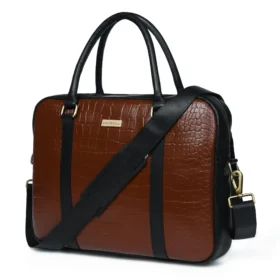
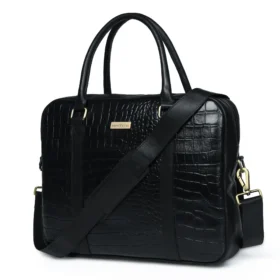
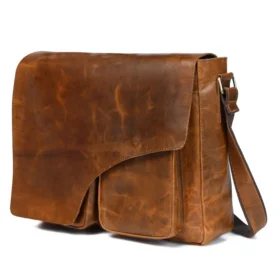
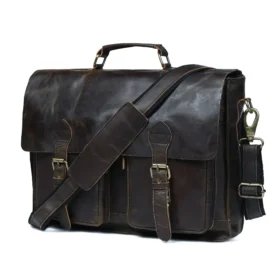
Goatskin leather is renowned for its robustness and unique texture, featuring a natural grain pattern that adds character to bookbinders leather. This leather type is highly durable and resistant to wear and tear, making it suitable for books that will be frequently handled. Goatskin is also more supple compared to other leathers, allowing for easier manipulation and binding. Its distinctive appearance and strength make it an excellent choice for those looking to combine durability with a unique aesthetic in their leather bookbinding projects. Goatskin is also a preferred material for leather aprons due to its durability and comfort.
Cowhide leather is one of the most common types of leather used for bookbinding due to its availability and versatile properties. This leather type is known for its strength and durability, providing a sturdy cover that can protect books effectively. Cowhide can be processed to achieve various finishes, from smooth to textured, offering flexibility in design. Its affordability compared to more exotic leathers makes it a practical choice for both professional bookbinders and hobbyists looking to create resilient and attractive book covers. Additionally, cowhide leather is popular in the production of leather sling bags for ladies and leather sling bag men’s because of its robust and adaptable nature.
Exotic leather includes materials like ostrich, snake, and alligator skins, offering unique textures and patterns that stand out. These leathers are highly sought after for luxury leather bookbinding projects due to their distinct and high-end appearance. Exotic leathers are often used for special editions and collector’s items, adding a touch of exclusivity and sophistication. While more expensive and less common than traditional leathers, exotic leather used in bookbinding provides an unparalleled aesthetic that can significantly enhance the value and appeal of a book. Exotic leathers are also used in high-end furniture pieces such as leather butterfly chairs.
Proper care is essential to maintain the beauty and durability of bookbinder leather. This premium material requires specific cleaning, conditioning, and storage techniques to ensure it remains in excellent condition over time. Here are some expert tips on how to care for leather used for bookbinding.
Regular cleaning is crucial for preserving the appearance of bookbinders leather. Use a soft, dry cloth to gently wipe away dust and dirt. For deeper cleaning, dampen a cloth with distilled water and lightly wipe the surface, avoiding excessive moisture that could damage the leather. Avoid using harsh chemicals or soap, as these can strip the natural oils and harm the leather. Understanding what is bookbinder leather and its sensitivities helps in choosing the right cleaning methods.
Conditioning is vital for keeping leather bookbinding soft and supple. Apply a high-quality leather conditioner specifically designed for leather used in bookbinding. Use a soft cloth to gently rub the conditioner into the leather in circular motions, ensuring even coverage. Allow the conditioner to absorb fully before buffing the surface with a clean cloth. Regular conditioning helps prevent cracking and maintains the leather’s natural luster, enhancing the longevity of your bookbinder leather items.
Proper storage is key to preserving bookbinder leather. Store leather-bound books in a cool, dry place away from direct sunlight, which can cause fading and drying. Keep the books upright and avoid stacking them to prevent deformation. Using bookends can help maintain their shape. For added protection, consider wrapping each book in acid-free tissue paper to shield it from dust and environmental pollutants. Knowing how to store leather used for bookbinding correctly ensures that your valuable items remain in pristine condition.
To maintain the longevity of bookbinders leather, regular maintenance is essential. Avoid exposing the leather to extreme temperatures and humidity, which can cause it to warp and deteriorate. Handle leather-bound books with clean hands to prevent oils and dirt from transferring to the leather. Periodically inspect the leather for signs of wear and tear, and address any issues promptly. By following these tips, you can ensure that your leather used in bookbinding retains its beauty and functionality for many years.
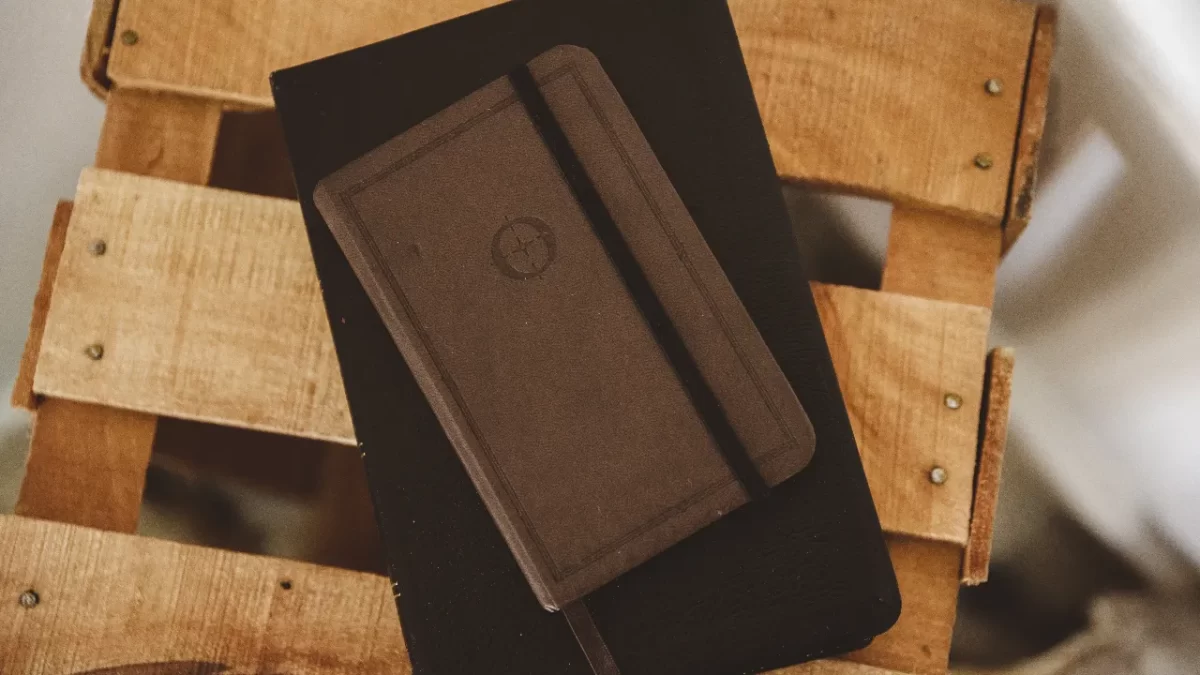
Bookbinder leather is a top choice for crafting vintage leather bags. Its durability and sophisticated finish make it perfect for handbags, womens leather duffle bag, and briefcases. The leather’s resilience ensures that the bags can withstand daily use while maintaining their elegant appearance. High-quality leather bookbinding techniques are employed to create bags that are both functional and stylish, making them a favorite among professionals and fashion enthusiasts.
Leather shoes made from bookbinders leather are known for their superior quality and longevity. This type of leather provides a comfortable fit and a refined look, making it ideal for both casual and formal footwear. The durability of leather used in bookbinding ensures that the shoes remain in excellent condition even with regular wear. These shoes are often handcrafted, showcasing the leather’s natural beauty and the artisan’s craftsmanship.
Leather journals crafted from bookbinder leather are highly sought after for their luxurious feel and durability. These journals provide a perfect writing experience, with covers that protect the pages and add an element of sophistication. The fine grain and smooth finish of leather used for bookbinding make these journals a prized possession for writers, artists, and professionals who value quality and aesthetics in their stationery.
Leather chairs upholstered with bookbinder leather offer unmatched comfort and elegance. This leather type is chosen for its durability and classic appearance, making it ideal for both home and office furniture. The rich texture and longevity of leather used in bookbinding ensure that these chairs not only look stunning but also withstand years of use. A leather butterfly chair, for example, combines modern design with timeless leather quality.
Leather aprons made from bookbinder leather are perfect for chefs, artisans, and craftsmen. These aprons provide excellent protection and durability, allowing for ease of movement and long-term use. The high-quality leather used in bookbinding ensures that the aprons are resistant to spills and wear, making them a practical yet stylish addition to any workshop or kitchen.
Leather wallets crafted from bookbinders leather are known for their elegance and durability. These wallets provide a sleek and sophisticated way to carry essentials, with a finish that improves with age. The robustness of leather used for bookbinding ensures that the wallets can withstand daily use without losing their charm, making them a timeless accessory for both men and women.
Leather belts made from bookbinder leather are a staple in any wardrobe, known for their strength and classic style. These belts are designed to last, with the high-quality leather used in bookbinding ensuring they remain sturdy and stylish over time. They are often handcrafted, featuring detailed embossing and a polished finish that complements both casual and formal attire.
Bookbinder leather is a premium material that enhances the durability and aesthetics of leather-bound books and other high-end leather products. Understanding what is bookbinder leather and its various types helps in selecting the best leather for different applications. At Saintstag, we prioritize using top-quality leather used for bookbinding to ensure our products meet the highest standards of craftsmanship and longevity. Whether you are an artisan, collector, or enthusiast, appreciating the qualities of bookbinders leather will elevate your appreciation and care for these exquisite materials.
When it comes to leather bookbinding, choosing the right type of leather is crucial. High-quality options like calfskin, goatskin, and cowhide are commonly leather used for bookbinding. These leathers are prized for their durability, flexibility, and smooth texture, which are essential for creating elegant and long-lasting book covers. Understanding what is bookbinder leather helps in selecting materials that not only enhance the book’s aesthetic appeal but also ensure its durability and resilience over time.
Yes, you can polish bookbinder leather to maintain its shine and suppleness. Regular polishing with a high-quality leather conditioner helps protect the leather from drying out and keeps it looking vibrant. Use a soft cloth to apply the conditioner in circular motions, allowing it to absorb fully before buffing the surface. This process not only enhances the appearance of bookbinders leather but also prolongs its lifespan, ensuring that your leather-bound books and products remain in excellent condition.
The thickness of leather used in bookbinding typically ranges from 0.9mm to 2.0mm, depending on the type of leather and the specific requirements of the project. Thinner leathers, around 0.9mm to 1.2mm, are often used for more intricate and delicate bindings, while thicker leathers, up to 2.0mm, provide additional durability and structure for larger books. Understanding the appropriate thickness for leather used for bookbinding ensures that the leather is flexible enough for detailed work yet sturdy enough to protect the book effectively.

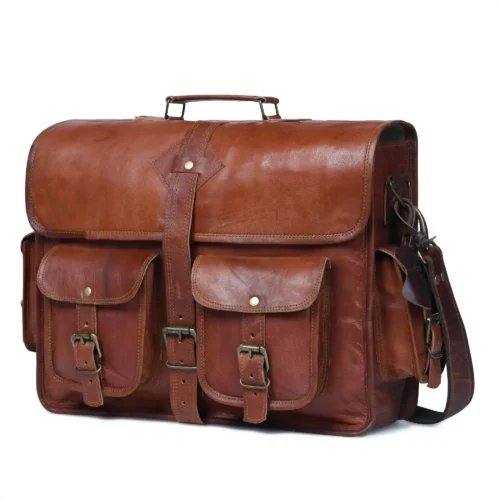
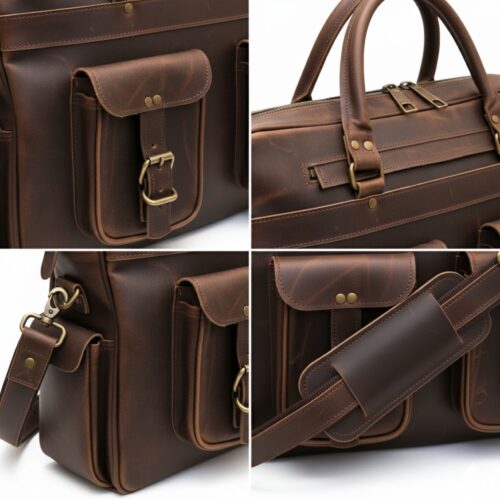
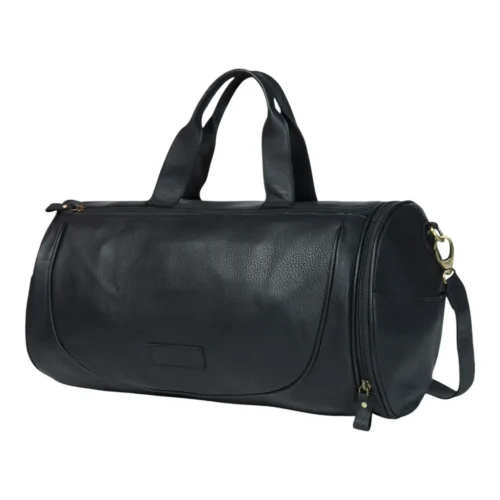
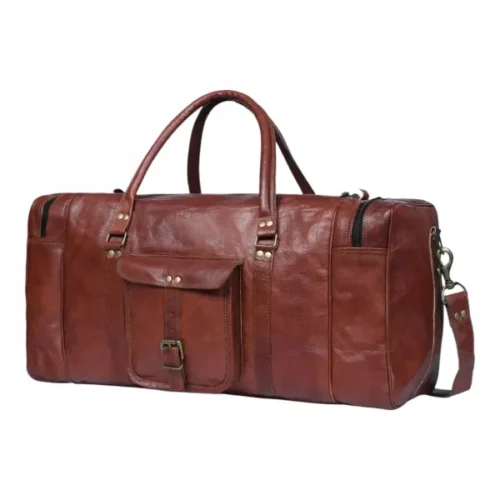
7 in stock
$140.00 – $160.00Price range: $140.00 through $160.00
8 in stock
$150.00 Original price was: $150.00.$69.00Current price is: $69.00.

